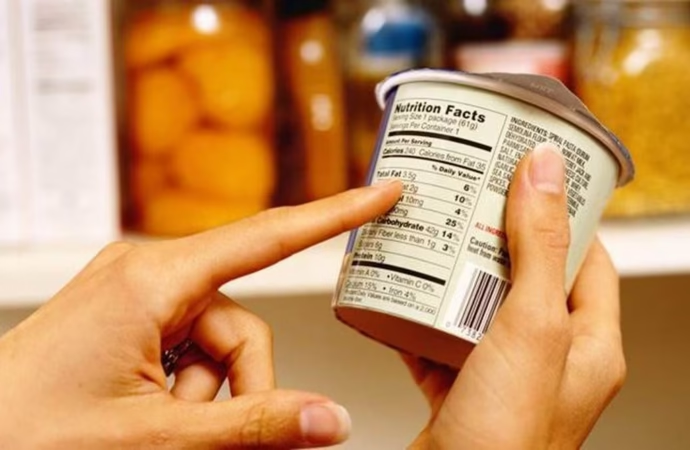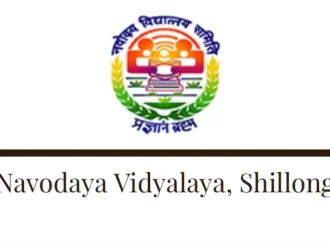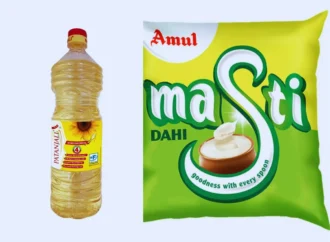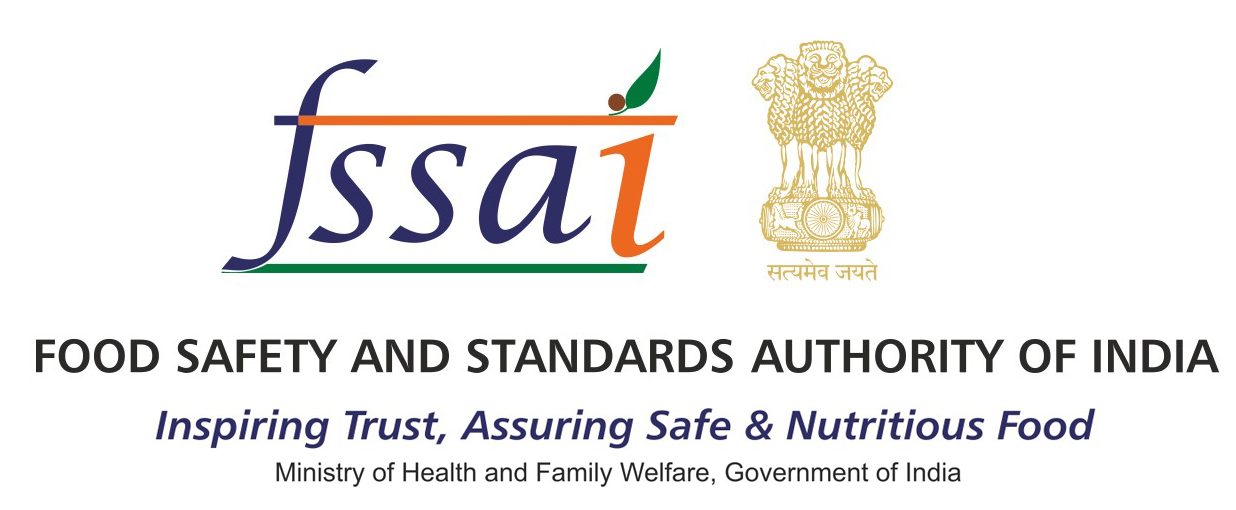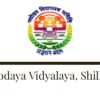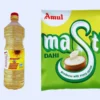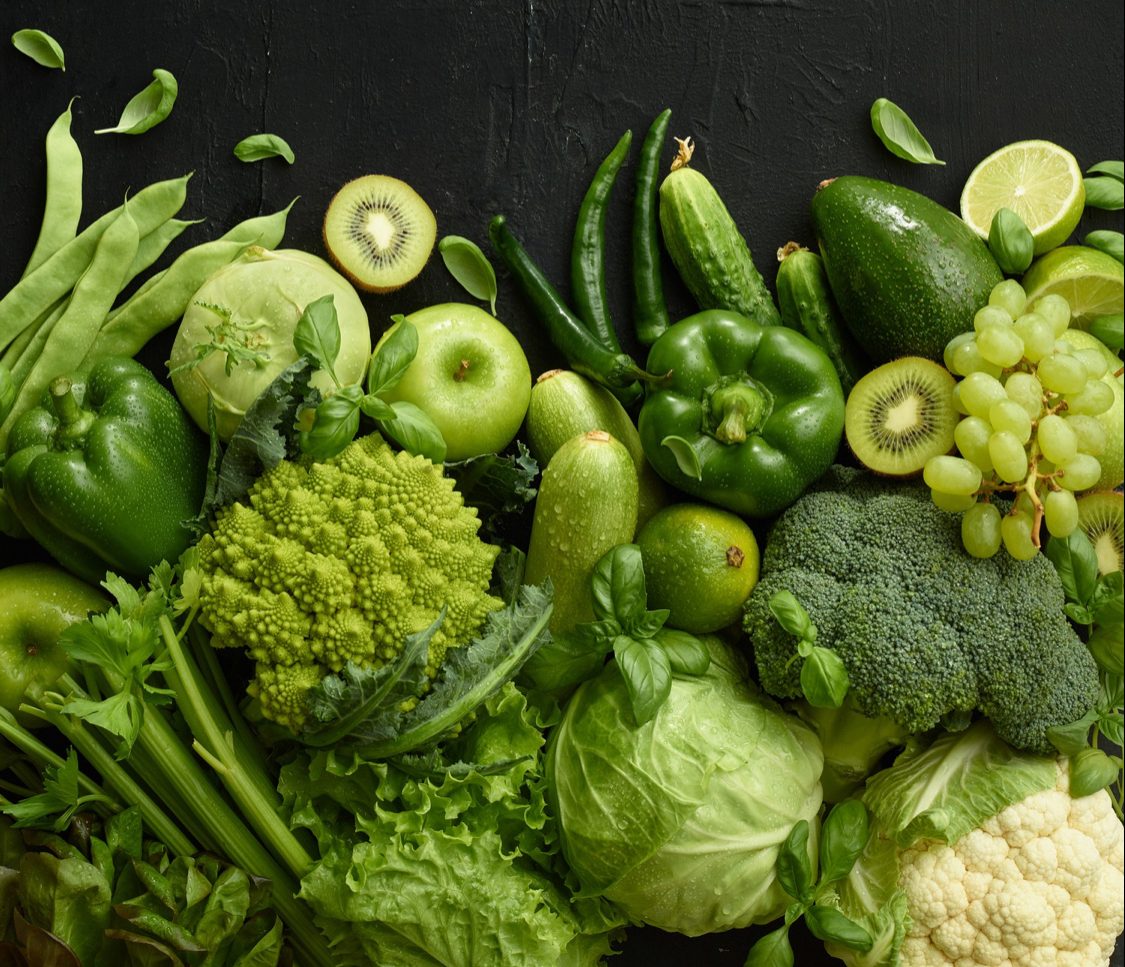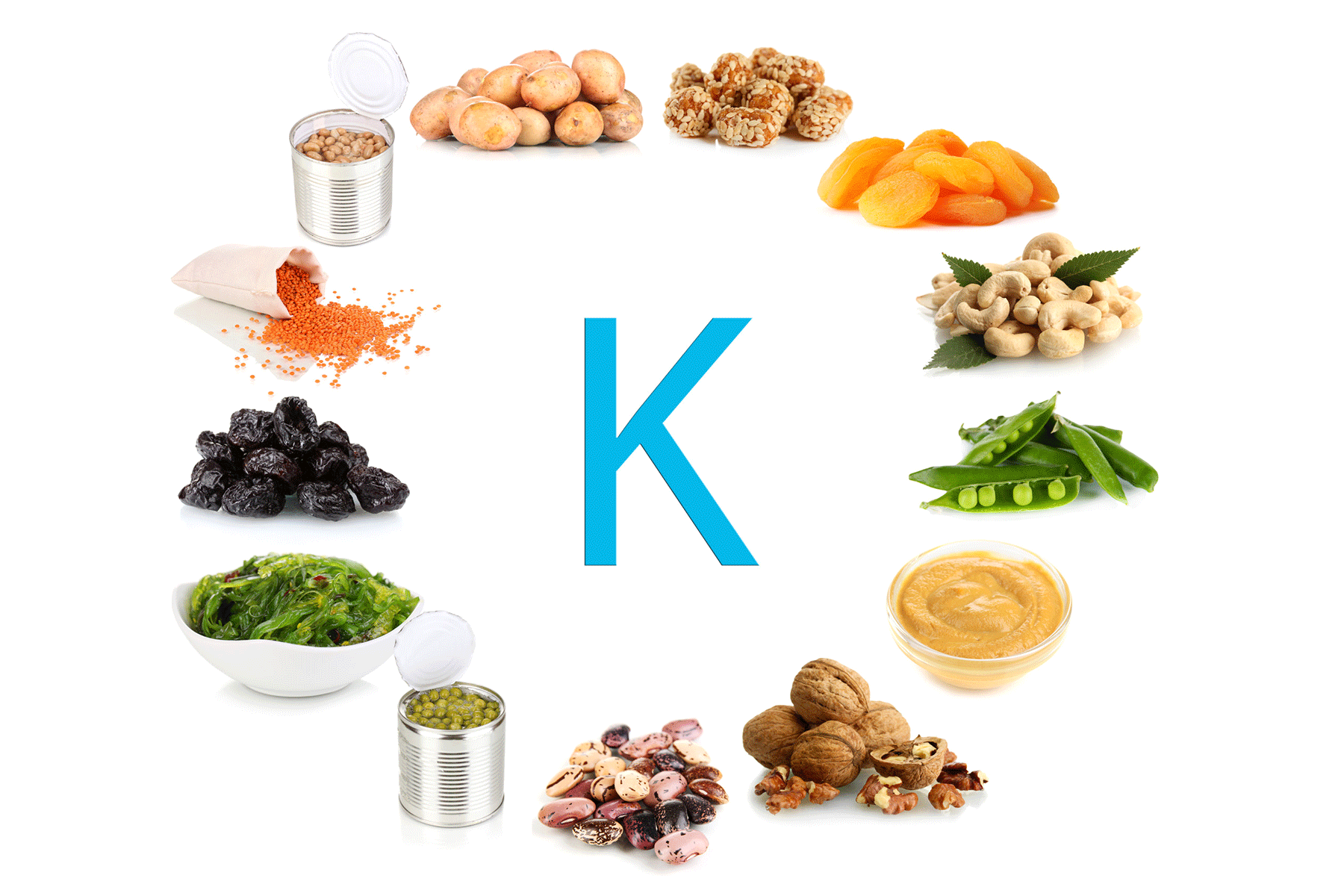Key Development
In a major public health push, India is preparing to introduce star ratings and front-of-pack warning labels on packaged foods as early as October 2025. The move aims to combat the rising tide of lifestyle diseases such as obesity, diabetes, and hypertension by making nutrition information more accessible and transparent to consumers.
What’s Changing on Your Food Packets?
Packaged foods—now a staple in Indian households—often hide high levels of sugar, salt, and fat in fine print. Under the new system, every packet will clearly display two major markers:
- Indian Nutrition Rating (INR): A star-based score, with more stars indicating healthier food choices.
- Front-of-Pack Nutrition Warning Labels (FOPNL): Visual alerts that flag if a product exceeds safe limits of sugar, salt, fat, or trans fats.
These labels will also include colour-coded indicators (like red, yellow, and green) and information in regional languages to make them easy to understand across India’s diverse population.
Why It Matters
Most consumers glance only at “manufactured” and “expiry” dates, often skipping complex nutrition panels on the back. Experts argue that low nutrition literacy makes it hard for people to identify unhealthy products. Dr Poonam Tiwari, a member of the National Allied Health Care Nutrition Professional Council, advocates for simpler visual tools like symbols, colours, and local languages to make nutrition information more user-friendly.
Supreme Court Pushes for Urgent Reform
The Supreme Court recently directed the government to finalise food labelling rules within three months, following a Public Interest Litigation filed by NGOs 3S and Our Health. This directive has accelerated the Food Safety and Standards Authority of India’s (FSSAI) efforts to finalise the new system.
What Happens Next?
FSSAI is currently finalising the label design. According to Dr SubbaRao M Gavaravarapu, the regulatory process typically takes three to six months, including stakeholder consultations, review by scientific panels, and final approval by the Health Ministry. If cleared on schedule, the new labelling system could be implemented by October 2025 or shortly thereafter.
Global Inspiration, Local Adaptation
India’s push for front-of-pack labels began in 2018, but early proposals using red warning signs faced resistance from the food industry. This time, FSSAI aims to strike a balance between clarity and practicality. Globally, two models are in use:
- Summary Labels: Like the INR star-rating, already used in Australia and New Zealand.
- Warning Labels: Adopted in Chile, Brazil, and Israel—these bold alerts have proven effective in reducing the sale of high-sugar products like soft drinks.
Experts caution that while star ratings offer a quick overview, they can mislead consumers into thinking that even 2.5 stars is a “good enough” choice. Warning labels, on the other hand, offer direct health alerts that are harder to overlook.
What It Means for You
- You’ll be able to spot unhealthy foods at a glance.
- Brands may reformulate products to reduce sugar, salt, and fat.
- The labels will encourage healthier swaps, nudging long-term behavioural change.
The Bottom Line
With lifestyle diseases on the rise, India’s new food labelling rules aim to put health information front and centre—literally. Whether it’s a quick snack or a family meal, clearer labels could help consumers make smarter choices every day.
Source: Hindustan Times
 Food Manifest
Food Manifest 